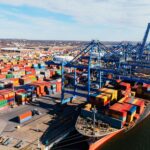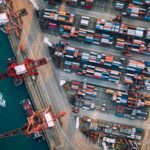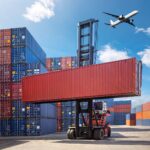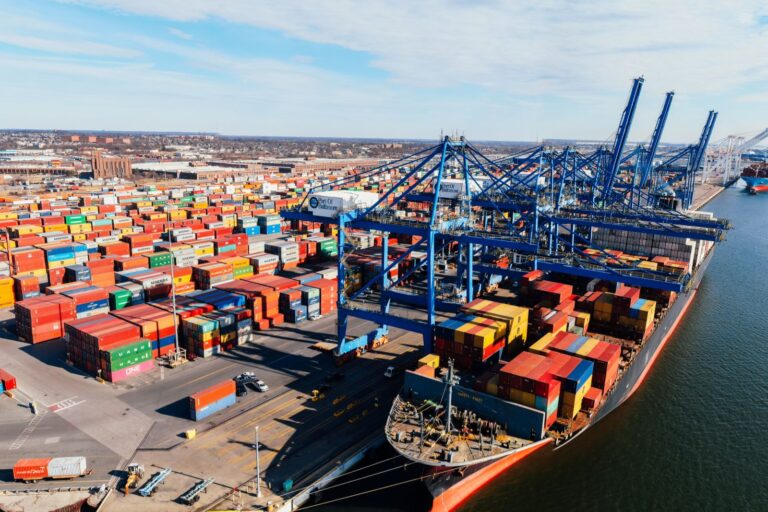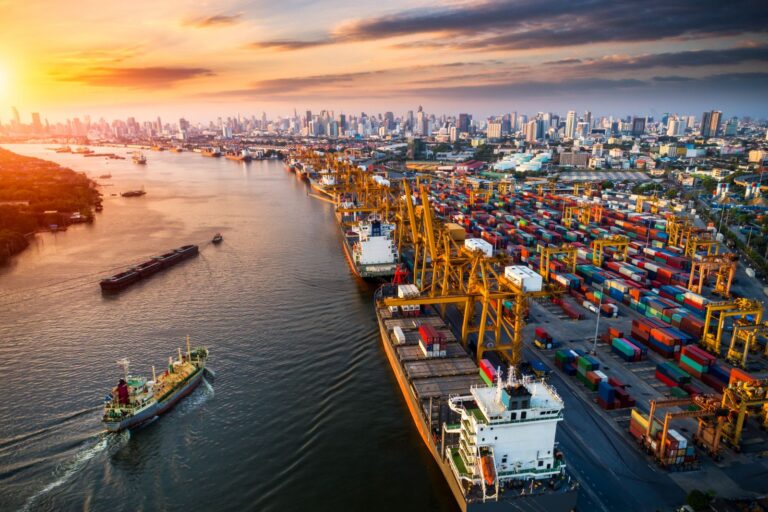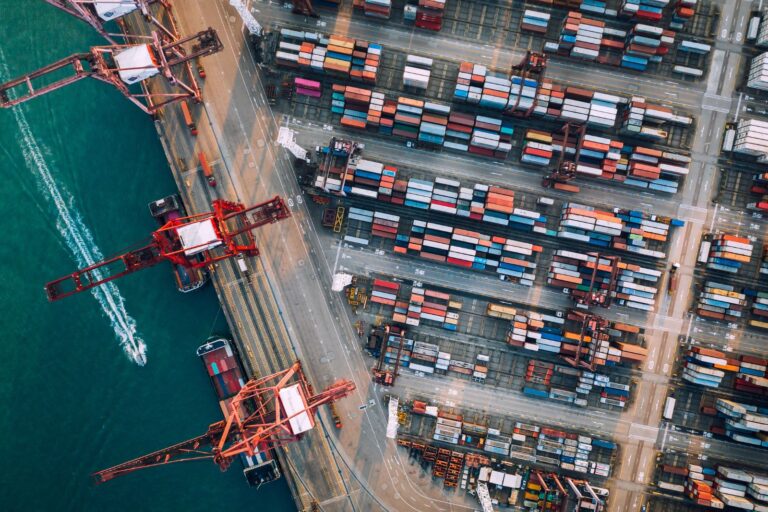Introduction
For many Australian businesses, importing goods is a necessity to remain competitive, whether sourcing raw materials, finished products, or specialised equipment. But the process of how to import goods Australia is often overwhelming. From customs regulations and duties to quarantine checks and freight forwarding, missing a step can lead to costly delays.
The good news? With the right knowledge and a trusted logistics partner, importing can be smooth and cost-effective.
At EGL – Emerald Global Logistics, we’ve helped countless businesses simplify their supply chain, cut costs, and ensure compliance when importing goods into Australia. This guide breaks down the process in clear steps, explains costs, highlights common mistakes, and provides tips to streamline your import journey.
Why Businesses Import Goods Into Australia
Importing plays a vital role in the Australian economy. Companies turn to overseas suppliers for several reasons:
- Cost savings – Cheaper manufacturing in Asia and Europe.
- Product availability – Access to products not made locally.
- Variety & innovation – Bringing unique goods into Australian markets.
- Scalability – Meeting demand when domestic supply is limited.
By understanding the import process, businesses can unlock these benefits while staying compliant with Australian Border Force (ABF) regulations.
Step-by-Step: How To Import Goods Australia
1. Research Market Demand
Before importing, determine whether the product is allowed in Australia and if there’s sufficient market demand. The Department of Agriculture, Fisheries and Forestry (DAFF) provides a list of restricted goods.
2. Find Reliable Overseas Suppliers
Work with trusted manufacturers or distributors abroad. Platforms like Alibaba or direct supplier networks can be useful, but always verify certifications and trade history.
3. Check Import Permits & Restrictions
Some goods require permits (e.g., food, plants, chemicals). Check via the Australian Government Import Conditions Database (BICON).
4. Understand Customs Duties & Taxes
When importing, you’ll pay:
- Customs duty (percentage of product value, depending on category).
- Goods and Services Tax (GST) at 10%.
- Other fees like quarantine inspection or excise duty (for alcohol/tobacco).
5. Arrange International Shipping
Decide between:
- Air freight – Faster but more expensive.
- Sea freight (FCL or LCL) – Cost-effective for bulk imports.
6. Hire a Freight Forwarder
This is where experts like EGL – Emerald Global Logistics step in. We handle documentation, customs clearance, shipping coordination, and ensure compliance with import regulations.
7. Clear Customs in Australia
Provide documents such as:
- Commercial invoice
- Packing list
- Bill of lading/airway bill
- Import permits (if required)
Customs brokers (often provided by freight forwarders) make this process hassle-free.
8. Pay Duties, GST & Fees
Once assessed by ABF, duties and taxes must be paid before your goods are released.
9. Final Delivery
After clearance, goods are delivered to your warehouse or distribution centre via road or rail.
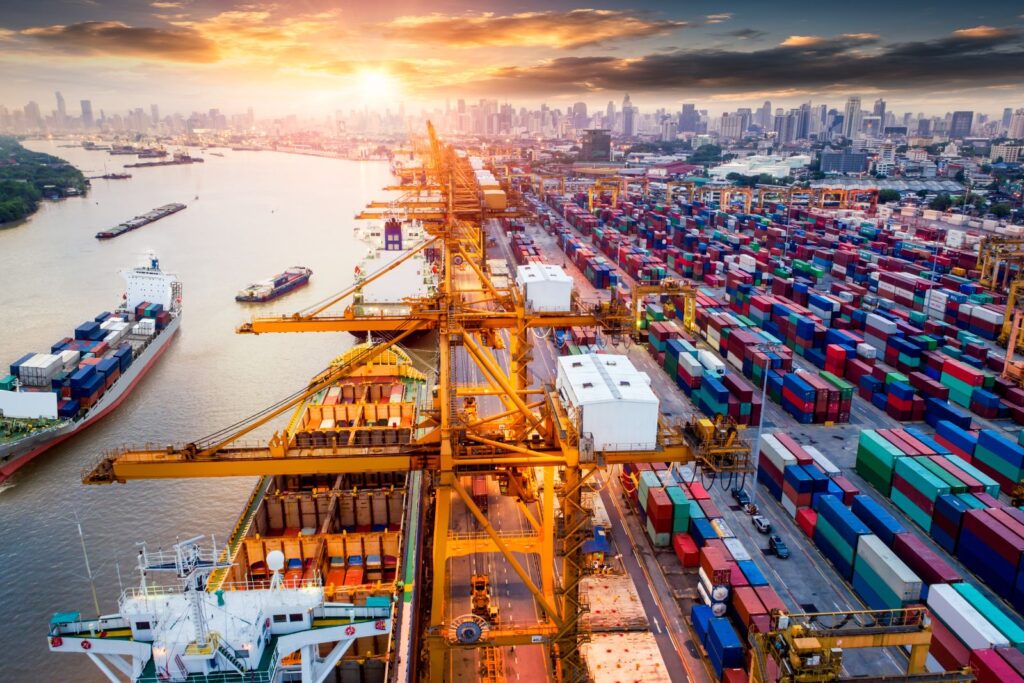
Costs of Importing Goods Into Australia
Import costs vary, but common expenses include:
- Product cost – Paid to the overseas supplier.
- Freight charges – Sea or air transport.
- Insurance – Protects against loss or damage.
- Customs duties – Varies by product category.
- GST – 10% of the value of taxable importations.
- Brokerage fees – For customs clearance.
- Local delivery – Transport from port to warehouse.
💡 Example: Importing $10,000 worth of machinery may involve:
- Customs duty: $500
- GST: $1,050
- Freight: $2,000
- Local delivery: $600
Total landed cost: $14,150
Benefits of Importing Goods
- Competitive pricing – Access to cheaper production hubs.
- Wider product range – Boosts customer satisfaction.
- Scalability – Support for rapid business growth.
- Access to global innovation – Stay ahead with new technologies.
Tips for a Smooth Import Process
- Understand HS codes – Accurate classification avoids penalties.
- Work with experienced freight forwarders – They simplify compliance.
- Get insurance – Protect your investment in case of loss/damage.
- Plan for lead times – Sea freight can take weeks; plan stock accordingly.
- Keep up with regulations – Australian import laws change frequently.
Common Mistakes to Avoid
- Incorrect paperwork – Leads to costly delays.
- Underestimating landed costs – Failing to budget for duties and GST.
- Choosing the wrong shipping method – Air freight for bulk goods inflates costs.
- Ignoring quarantine regulations – Especially for food, plants, and timber.
- Not using a freight forwarder – DIY importing often results in hidden costs.
Real-World Example
A small e-commerce retailer in Melbourne wanted to import furniture from Vietnam. By partnering with EGL – Emerald Global Logistics, they reduced costs by consolidating shipments with other importers, ensuring full containers (FCL) rather than multiple smaller LCL shipments. This saved over 20% on freight costs while ensuring compliance with Australian customs.
Why Work With EGL – Emerald Global Logistics?
At EGL – Emerald Global Logistics, we go beyond moving cargo — we help businesses navigate the complexities of importing goods into Australia.
- Full-service logistics – Air, sea, and road freight solutions.
- Customs brokerage expertise – Avoid penalties and delays.
- Tailored support – From small e-commerce retailers to large-scale manufacturers.
- Transparent pricing – No hidden costs, full landed cost estimates.
👉 Learn more about our company: About EGL
FAQs – How To Import Goods Australia
1. Do I need an import license to bring goods into Australia?
No general license is required, but some goods need permits (e.g., plants, chemicals, weapons).
2. How much duty will I pay when importing?
It depends on the product type. Most goods have a 5% duty, plus 10% GST.
3. What is the cheapest way to import goods?
For large shipments, sea freight (FCL) is most cost-effective. For smaller, urgent items, air freight may be better.
4. Can a freight forwarder handle customs clearance?
Yes. Companies like EGL manage the entire process, including customs, shipping, and delivery.
5. How long does it take to import goods into Australia?
Air freight takes 3–7 days, while sea freight can take 2–6 weeks, depending on origin.
Conclusion – Make Importing Goods Easy With EGL
Importing into Australia involves multiple steps: compliance checks, shipping arrangements, customs clearance, and final delivery. By understanding how to import goods Australia, businesses can avoid costly mistakes and streamline their supply chain.
At EGL – Emerald Global Logistics, we specialise in simplifying imports with end-to-end logistics solutions. From freight forwarding to customs clearance, we help you import smarter.
👉 Ready to import with confidence? Contact EGL today for tailored freight solutions.

